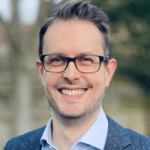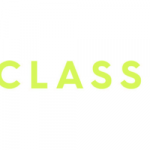Quantum computing scenarios – the case for hybrid computing models

(Diginomica) Neil Raden makes a case for “hybrid mix” of computing models integrating quantum and classical computing. Inside Quantum Technology summarizes here with attention to his hybridization discussion. NOTE: Raden also provides introductory background information on quantum computing.
Raden believes, “From a purely practical perspective, a hybrid approach is the most efficient, cost effective and productive way to approach quantum. Leaning on classical devices to perform those tasks in the quantum computing process for which they are best suited, and for which they have been optimized over the last fifty years, is not only the right path, it is the only best path.”
The reason for this is that, as he argued in this article is that quantum devices and classical devices don’t just solve problems differently; they solve different problems. This is the case today as it will be five and ten years from now.
That’s why it’s a bit of a misnomer to say that “quantum computing will do this or that.” The fact of the matter is, the real revolution will be driven by the combined power of classical and quantum – in more and more powerful hybrid solutions.
Raden cites Arthur Strauss who discusses hybrid classical-quantum algorithms, considered today as the best candidates for demonstrating quantum advantage in the very near future:
In fact, those algorithms are specifically designed to cope with limitations inherent to the physical reality of the current hardware (e.g coherence times, connectivity issues, gate errors) while enabling the possibility of solving concrete computational problems (e.g combinatorial optimization, chemistry simulations, machine learning tasks, etc.).In hybrid algos, quantum resources are exploited for computing small subroutines in a wider classical algorithm. In a nutshell, the statement of this kind of algorithm is as follows:
We know that the quantum computer is not good at computing everything, so let’s focus its use on a sufficiently small subtask where we can hope that it will give us an interesting result. This result can then be processed on a classical computer to solve our input problem.
Author Raden is a mathematician (algebraic topology), founder of a management consulting firm, consultant to large and complex projects internationally, and an industry analyst.



















